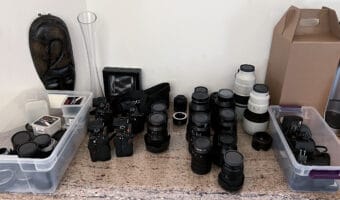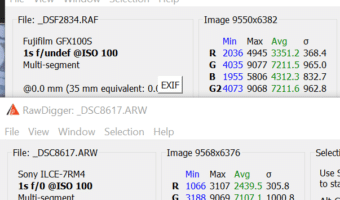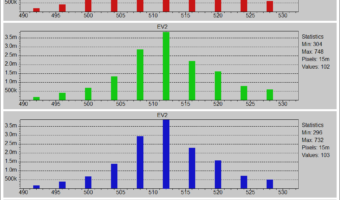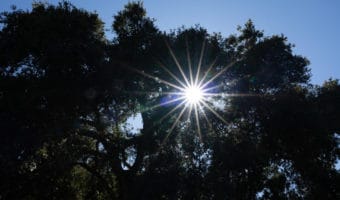I’ve been using Sony cameras for well over ten years. When they came out with the NEX series of APS-C MILCs, I was all over them. I fully committed when they introduced the alpha series of FF MILCs. The Sony FF cameras, I have owned: a7R a7 a7RII a7II a7RIII a7RIV a9 a9II RX1R I’ve… [Read More]
Relative sensitivity of Sony a7RIV and GFX 100S
This is one in a series of posts on the Fujifilm GFX 100S. You should be able to find all the posts about that camera in the Category List on the right sidebar, below the Articles widget. There’s a drop-down menu there that you can use to get to all the posts in this series;… [Read More]
Three dimensionality and sensor format
A conventional photograph, whether seen on a screen or printed, is two-dimensional. Yet some photographs appear to capture a sense of depth. There are several things that can affect this. Chromostereopsis Spherical aberration Perspective effects But the effect is not well understood, and there is much more heat than light when this topic arises in… [Read More]
Sony a7RIV continuous drive mode precision
A reader asked a question about the Sony a7RIV. I have a question for clarification. You use the terms “continuous mode,” “continuous compressed,” and “continuous uncompressed.” When I read the Sony A7Riv instruction manual (p.42) it uses the words “Continuous Shooting” to represent 4 different shooting speeds: “Continuous Shooting: Hi+,” “Continuous Shooting: Hi,” “Continuous Shooting:… [Read More]
Sony 20/1.8 G, 20/1.8 Nikkor S sun stars
This is one of a series of posts comparing the Sony 20 mm f/1.8 G lens to the 20 mm f/1.8 Nikkor S. One of the things that photographer like to do with short lenses is make sun stars. It’s not hard. You stop your lens down as far as it will go, aim it… [Read More]
- 1
- 2
- 3
- …
- 14
- Next Page »




